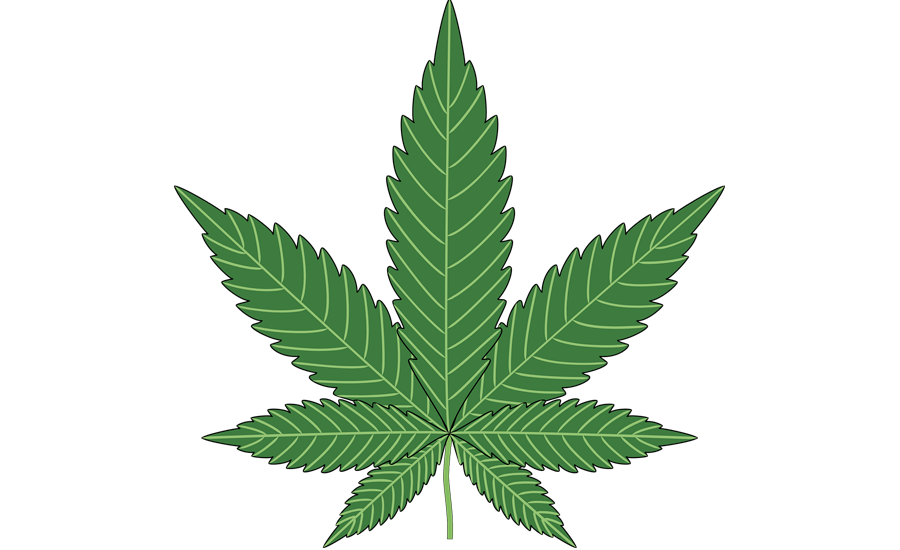The daily use of marijuana among young adults who are not in college is at an all-time high, according to the latest Monitoring the Future (MTF) survey results announced by the National Institute on Drug Abuse (NIDA). Alcohol use is more common among college students; some opioid use is declining in both groups; and the most sizeable difference is the higher rate of cigarette smoking in the non-college group.
Below are the highlights from the 2017 MTF survey results on drug use among college students compared to their peers not attending college (ages 19-22).
- Daily, or near daily, marijuana use among non-college young adults has continued to rise, reaching its highest level (13.2 percent). As a result, daily, or near daily, marijuana use is now nearly three times as high among non-college young adults as among college students.
- For the first time, questions about vaping marijuana, were added to the survey in 2017. Past month use appears to be higher among non-college young adults than among college students (7.8 percent vs. 5.2 percent).
- With respect to past month use, alcohol use in college students is higher than in non-college peers (62 percent vs. 56.4 percent). Additionally, mixing alcohol with energy drinks appears to be higher among college students than the non-college group (31.5 percent vs. 26.7 percent) in the past year.
- The largest difference between annual, past month and daily use in rates for college vs. non-college groups is for smoking cigarettes. Daily smoking for non-college peers is higher than college students (14.4 percent vs. 2 percent). Past month use of vaping nicotine appears to be higher for non-college young adults compared to college students (7.9 percent vs. 6 percent).
- Past year misuse of Vicodin in both college and non-college peers dropped dramatically since 2009 (8.4 percent in 2009 to 1.1 percent in 2017 and 11.2 percent to 1.8 percent, respectively).
- Synthetic drug use over the last year is lower in college students than in non-college peers. Synthetic cannabinoids (K2/spice) use is 0.5 percent vs. 2.4 percent and synthetic cathinones (bath salts) is 0.2 percent vs. 1.5 percent, respectively.
Additional data and an infographic can be found on NIDA’s College-Age & Young Adults webpage, which also includes links to statistics and trends, a list of more than 400 college programs in addiction science, information about the Addiction Medicine Subspecialty, and other relevant materials, including a college-age specific toolkit for those holding events during National Drug & Alcohol Facts Week early next year.
To view NIDA Director Dr. Nora Volkow discussing the findings, go to: Video: 2017 Survey Results of College-age Youth Drug and Alcohol Use.
For more information, go to NIDA’s College-Age & Young Adults webpage.


